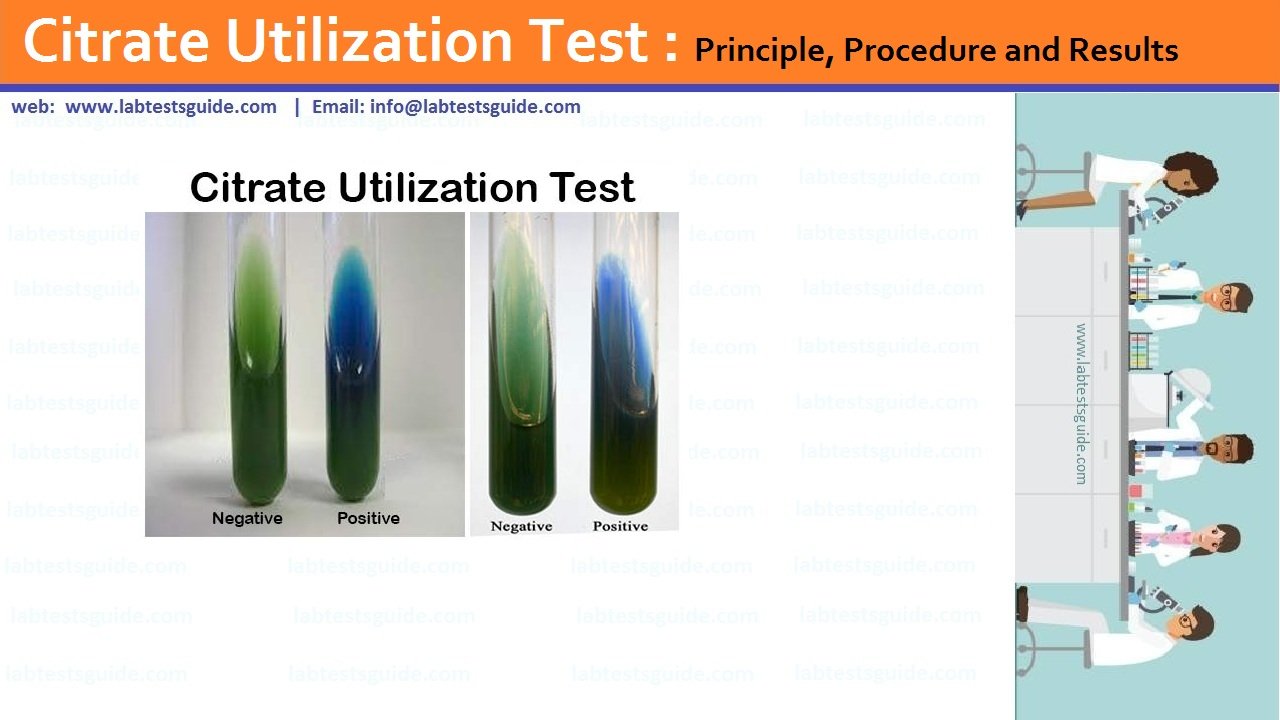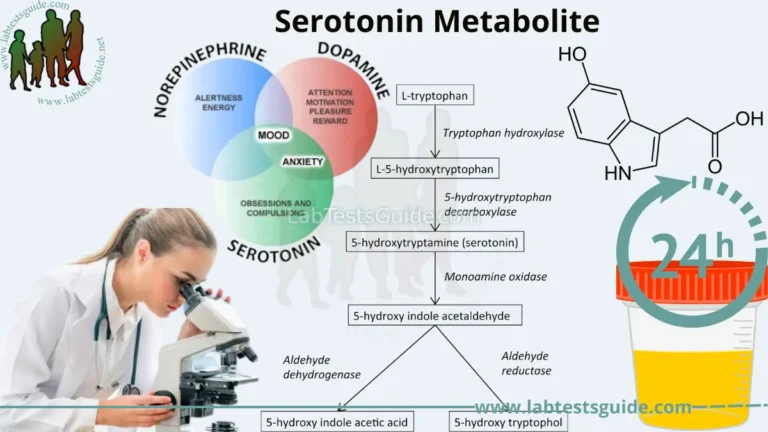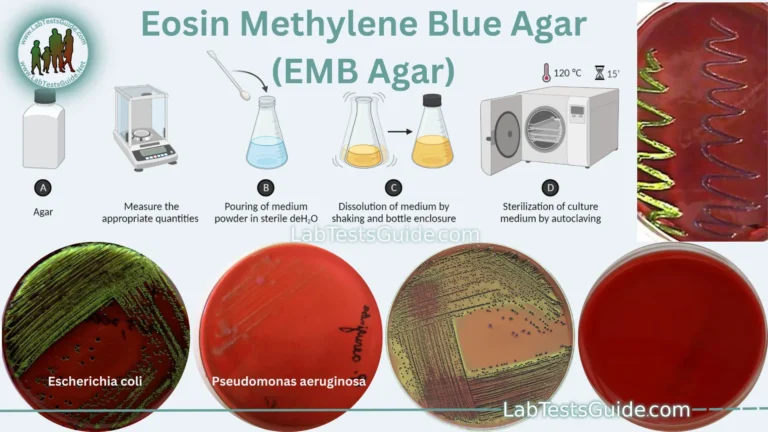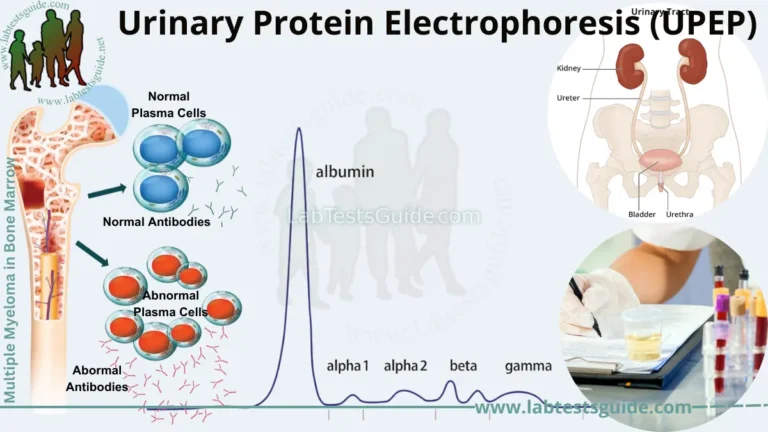Citrate utilization can be used to distinguish between coliforms such as Enterobacter aerogenes (+ve) which occur naturally in the soil and in aquatic environments and fecal coliforms such as Escherichia coli (-ve) whose presence would be indicative of fecal contamination.
Citrate utilization test is commonly employed as part of a group of tests, the IMViC
- Indole test
- Methyl red test
- Voges-Proskauer test
- Citrate test

Media
In the citrate utilization test, the citrate medium most commonly used is the formula of Simmons. The medium is poured into a tube on a slant. The composition of Simmons citrate agar is as follows:
| Ingredient | Simmons Citrate Agar (g/L) |
| Ammonium dihydrogen phosphate | 1 g |
| Dipotassium phosphate | 1 g |
| Sodium chloride | 5 g |
| Sodium citrate | 2 g |
| Magnesium sulfate | 0.20 g |
| Agar | 15 g |
| Bromothymol blue | 0.08 g |
| Distilled water | 1 L |
| Final pH | 6.9 |
Procedure of citrate utilization test:
- Inoculate Simmons citrate agar lightly on the slant by touching the tip of a needle to a colony that is 18 to 24 hours old.
- Incubate at 35°C to 37°C for 18 to 24 hours. Some organisms may require up to 7 days of incubation due to their limited rate of growth on citrate medium.
- Observe the development of blue color; denoting alkalinization.
Expected results in citrate utilization test:
Citrate positive: growth will be visible on the slant surface and the medium will be an intense Prussian blue. The alkaline carbonates and bicarbonates produced as by-products of citrate catabolism raise the pH of the medium to above 7.6, causing the bromothymol blue to change from the original green color to blue .
Citrate negative: trace or no growth will be visible. No color change will occur; the medium will remain the deep forest green color of the uninoculated agar. Only bacteria that can utilize citrate as the sole carbon and energy source will be able to grow on the Simmons citrate medium, thus a citrate-negative test culture will be virtually indistinguishable from an uninoculated slant
Quality Control strains used in citrate utilization test
- Positive: Klebsiella pneumoniae
- Negative: Escherichia coli
Uses of Citrate Utilization Test
Citrate utilization test is often part of a battery of tests used to identify gram-negative pathogens of Enterobacteriaceae family and environmental isolates. For instance, test kits such as the API-20E and Enterotube II include citrate utilization medium as one of the diagnostic tests.
List of Bacteria which gives positive citrate utilization test
- Klebsiella pneumoniae
- Enterobacter species (minority of strains gives negative result)
- Citrobacter freundii
- Salmonella other than Typhi and Paratyphi A
- Serratia marcescens
- Proteus mirabilis (minority of strains gives negative result)
- Providencia
Citrate Test: variable (different strains give different results)
- Proteus vulgaris
- Vibrio cholerae
- Vibrio parahaemolyticus
Citrate test: negative
- Escherichia coli
- Shigella spp
- Salmonella Typhi
- Salmonella Paratyphi A
- Morganella morganii
- Yersinia enterocolitica
Although uncommon, natural E. coli variants that are citrate positive have been isolated. Citrate-negative strains of E. aerogenes have also been found.
Possible References Used







One Comment